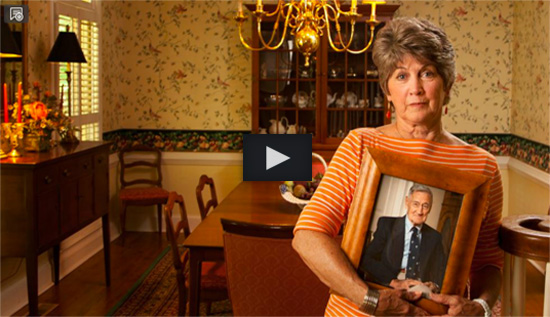During Pride Month, it’s crucial to ensure LGBTQ+ individuals have access to supportive long-term care communities where they can feel safe and respected. Organizations like SAGE (Services & Advocacy for GLBT Elders) offer directories of LGBTQ+-friendly senior living options nationwide, helping individuals find inclusive environments that meet their needs. You can read more here.
Additionally, Sage, Lambda Legal, and the National Long-Term Care Ombudsman have provided a fact sheet outlining the legal rights of LGBTQ+ residents which can help empower individuals to advocate for themselves.
This Pride Month, let’s advocate for inclusive spaces where everyone, regardless of sexual orientation or gender identity, can receive compassionate care.





